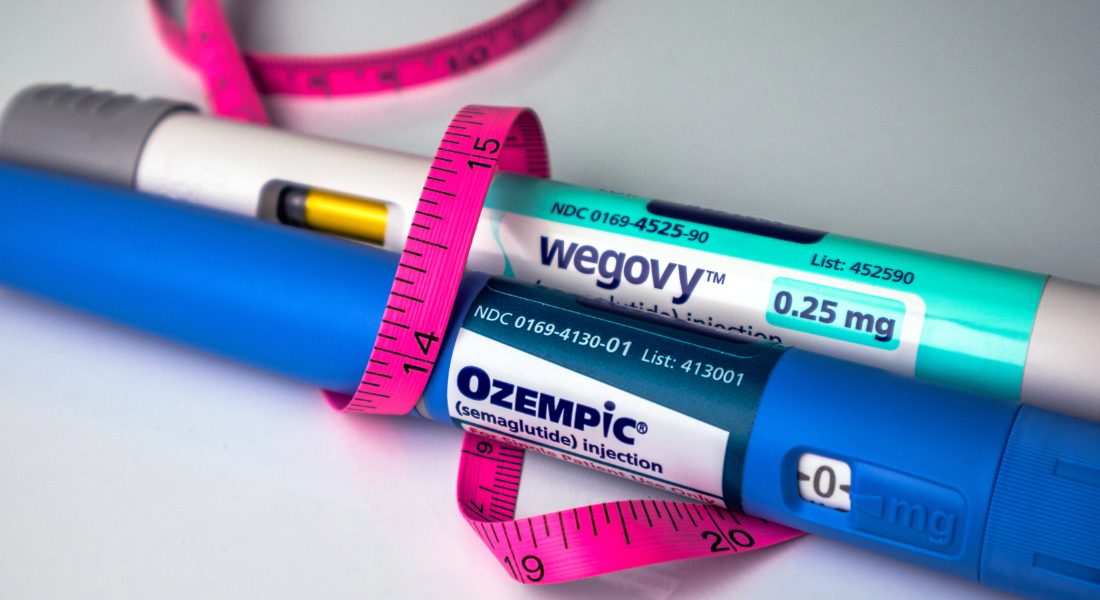Surge in heroin use tied to prescription opioid abuse, according to CDC

Heroin use has increased a staggering 63 percent over the last 10 years according to the Centers for Disease Control and Prevention (CDC). That increase, according to the agency, is closely tied to the growing abuse of prescription opioids such as oxycodone (Percocet), hydrocodone (Vicodin) and codeine. An alarming 45 percent of Americans addicted to heroin are also addicted to prescription opioids.
To combat both the heroin and prescription opioid epidemic the Obama administration announced on Monday a new $13.4 million program to curb access to both. The program will target illegal trafficking of the drugs in areas that have been particularly hard hit by the epidemic, including Appalachia, New York, New Jersey, Philadelphia, Washington, D.C. and Baltimore.
Before moving to street-level trafficking, many prescription opioid addicts first try to obtain the drugs through pharmacies. Bree Watzak, PharmD, of the Texas A&M Health Science Center Irma Lerma Rangel College of Pharmacy, says easy access to prescription opioids is largely behind this surge in use. Watzak says that prescription opioids appeal to addicts in a way that street drugs don’t. “If someone becomes addicted,” she says, “they can walk into a safe, clean store and use their insurance to purchase them, unlike street drugs.”
The CDC’s Vital Signs report also supports Watzak’s claims, finding both prescription opioid and heroin addiction is growing significantly among the affluent and people with private insurance, two groups that historically have had relatively low rates of abuse. According to the CDC, people in these groups tend to move on to heroin only after being cut off from prescription opioids. Watzak echoes the CDC’s findings. “We see that people tend to move on to street drugs after they’ve lost access to prescription opioids. It’s a progression,” she says.
Watzak notes that most states have a prescription drug monitoring database that allows doctors and pharmacists to see if an individual is going to multiple doctors or pharmacies seeking prescriptions. “The law says we have a corresponding responsibility to make sure that medications are used for legitimate medical purposes,” says Watzak. “Pharmacists are trained to recognize red flags and if we have concerns we can call the physician and ask them if they’re aware of the red flags.”
Most people who become addicted to prescription opioids don’t intend to use them for recreational purposes, according to Watzak. “People typically use prescription opioids because they’ve been prescribed them by a physician for a legitimate reason, but then they like the way the drugs make them feel.” Watzak says prescription opioid addicts use a variety of methods to access the drugs, including exaggerating or inventing symptoms, doctor and pharmacy shopping, and forgery.
Watzak says when a pharmacist suspects a patient is addicted to prescription opioids, they’re advised to stage a mini-intervention with the patient and recommend treatment options. “I’ve never had to do it,” she says, “but I’ve heard from colleagues who have and they’ve said they don’t go well. The patient typically doesn’t want to hear it at the time, but once they’re clean they remember that a pharmacist tried to help them.”
Recovery for prescription opioid and heroin addicts can be particularly fraught. According to Dr. Tom Frieden, director of the CDC, the connection between prescription opioid abuse and heroin use is directly related to other public health issues, including the increasing rate of HIV infections and car accidents. This is particularly troubling as these issues put the patient at an increased likelihood of needing a legitimate prescription for opioids to aid in the recovery from a planned procedure or accident.
“If we know the patient has a history of addiction we can prescribe drugs in a different class, or only use the minimal dose,” says Watzak, but she stresses it’s up to patients to disclose their addiction to their provider.
Media contact: media@tamu.edu


